Your Cat Isn’t a Jerk: A Real-World Guide to Solving Pee and Scratching Problems
I’ve been in the trenches with cat owners for years, and let me tell you, I’ve seen it all. I remember one particular case where a family was on the verge of rehoming their beloved cat. She was shredding an expensive sofa and peeing on their bed, and they were at their wit’s end. They thought she was being a ‘bad cat.’ But after we did some detective work, we found the real culprits: a new dog had made her feel insecure, and her litter box was stuck in the noisy, chaotic laundry room.
In this article
By making a few simple, targeted changes to her home, she went right back to being the sweet, cuddly cat they knew. Her behavior wasn’t about revenge; it was communication. And honestly, that’s the single most important thing to understand.
Cats don’t do these things out of spite. Their actions, especially peeing and scratching, are wired into their DNA. When they become a problem for us, it’s a big, flashing sign that something in their world is off. Our job isn’t to punish them but to figure out what they’re trying to tell us. This guide will walk you through the exact process the pros use to diagnose and fix these super common—and very fixable—issues.
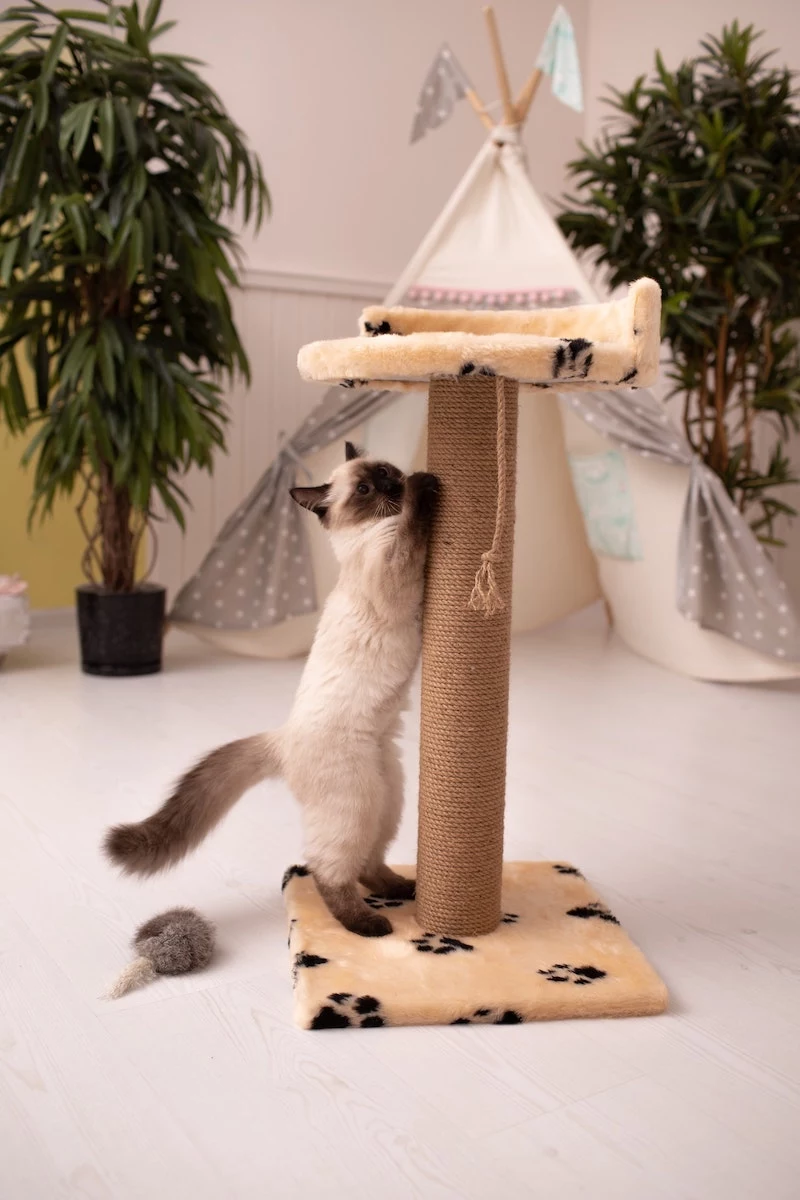
First Things First: A Crucial Vet Visit
Before you do anything else, you have to call your vet. This isn’t optional, and I can’t stress this enough. A sudden change in bathroom habits is one of the biggest red flags for a serious medical problem. I’ve seen countless situations where a family assumed a cat was stressed, only for a vet visit to reveal painful urinary crystals, a condition that can be fatal.
The peeing wasn’t a ‘behavior problem’; it was a cry for help.
Your vet will likely do a physical exam and a urinalysis to check for common culprits:
- Urinary Tract Infections (UTIs): These make urination painful, so the cat starts associating the litter box with pain and looks for softer, less painful places to go.
- Feline Idiopathic Cystitis (FIC): This is a stress-related inflammation of the bladder that’s very common and painful, often leading to accidents.
- Bladder Stones or Crystals: These can cause extreme pain and, worse, a blockage. A urinary blockage is a life-threatening emergency, especially for male cats.
- Kidney Disease or Diabetes: Both conditions make cats drink and urinate more, so they might not make it to the box in time.
- Arthritis: Think about it—an older, creaky cat might find it painful to climb into a high-sided litter box.
Only after your vet gives you the all-clear can you start tackling this as a behavioral issue. Trying to solve a medical problem with behavioral fixes will only make your cat suffer. It’s step one for a reason.
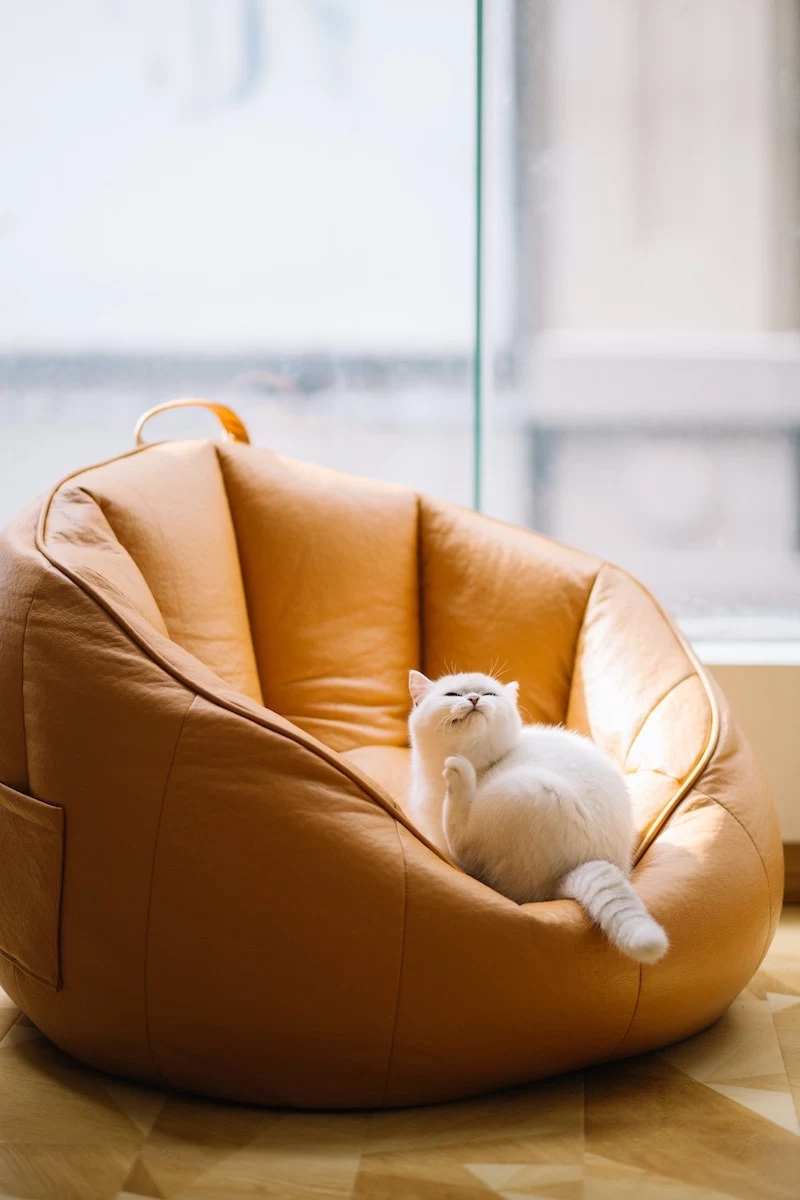
Part 1: The Mystery of the Unwanted Puddles
Once you’ve ruled out a health issue, it’s time to put on your detective hat. The first clue is figuring out if your cat is urinating or spraying. They look different and mean different things.
Urinating is when the cat squats down and empties its bladder on a horizontal surface, like a rug, your bed, or a pile of laundry. This usually points to a problem with the litter box itself.
Spraying is when the cat stands up, lifts its tail (which might quiver a bit), and shoots a smaller amount of urine backward onto a vertical surface, like a wall, a speaker, or the side of your couch. This is almost always a territorial or stress-related message.
The Professional Litter Box Audit
From my experience, a good 80% of peeing problems come down to the litter box setup. We humans have very different ideas about what makes a good bathroom than cats do. Let’s audit your setup right now.

1. The ‘N+1’ Rule: The golden rule is one litter box per cat, plus one extra. So if you have one cat, you need two boxes. Two cats? Three boxes. This isn’t just to be extra; it prevents one cat from ‘gatekeeping’ the box and blocking another cat from getting to it. It ensures there’s always a clean, safe option available.
2. Size and Style Matter (A Lot): Most commercial litter boxes are way too small. A cat needs a box that’s at least one and a half times its body length. For bigger cats, this is nearly impossible to find in a pet store. Quick tip: Go to a big-box store like Home Depot and buy a large, shallow plastic storage tote for $15-$25. It’s cheaper and gives them the space they crave. And that lid? Take it off. Humans love them, but cats often hate them. They trap smells and make cats feel cornered. Taking the lid off is a 10-second fix that can solve the problem instantly.

3. The Right Kind of Litter: Cats are picky about how things feel on their paws. Most of them strongly prefer a soft, fine-grained, unscented clumping clay litter because it feels like the natural soil they’re instinctively drawn to. Those heavily perfumed litters might smell nice to us, but a cat’s sense of smell is way stronger. It can be overwhelming. Stick to the simple stuff unless you know for a fact your cat likes pellets or crystals.
4. Location, Location, Location: A litter box needs to be in a quiet, low-traffic spot where your cat feels safe, not next to a rumbling washing machine or in a busy hallway. They should be spread out around the home, especially in areas where your cat already hangs out. Putting all the boxes in a row in the basement is a classic mistake.
5. Keep It Spotless: This is non-negotiable. You have to scoop the box at least once a day, ideally twice. The entire box should be dumped out, scrubbed with mild, unscented soap and hot water, and refilled with fresh litter at least once a month. Think of it this way: you wouldn’t want to use a toilet that’s never flushed, right? Neither do they.
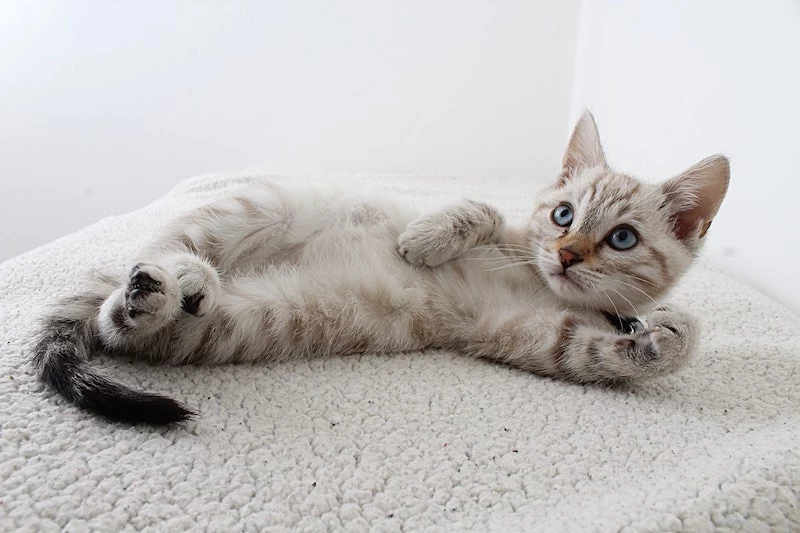
When It’s Actually Spraying…
If you’ve confirmed your cat is spraying, the litter box audit is still important, but you have more work to do. Spraying is about stress and territory. A common trigger is seeing other cats outside. Try blocking the view from lower windows with a decorative film. Managing conflict between cats in your own home is also key—make sure each cat has its own food bowls, water, and high-up perches. Calming pheromone diffusers (like Feliway) can also work wonders to lower the overall stress level in the home.
Cleaning Up Accidents the Right Way
When an accident happens, you have to clean it properly, or the spot becomes a permanent ‘go here’ sign. Cat urine has uric acid, which doesn’t come out with normal soap and water.
You absolutely MUST use an enzymatic cleaner. You can find great ones like Rocco & Roxie or Nature’s Miracle online or at pet stores for around $20-$25. It’s worth every penny. Blot the spot, saturate it with the cleaner, let it sit for hours (I usually cover it with plastic wrap to keep it damp), and then let it air dry completely. And whatever you do, never use an ammonia-based cleaner—ammonia is a component of urine, so you’d just be making the smell stronger!
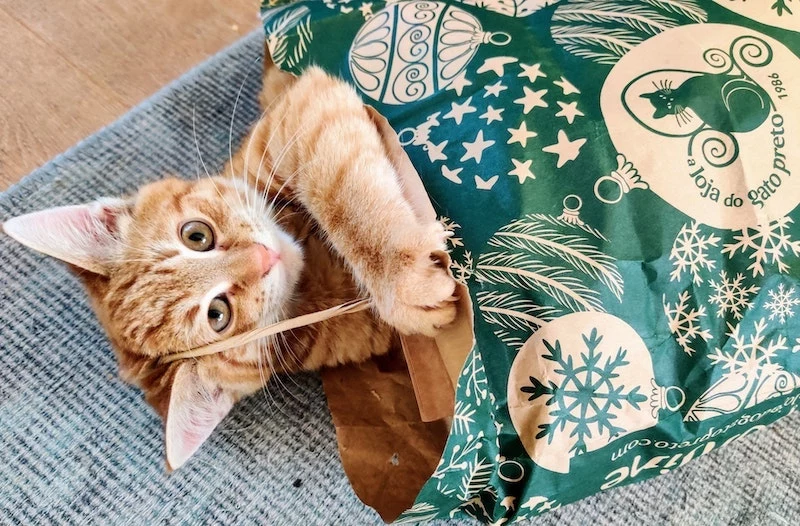
Part 2: How to Save Your Sofa from a Scratching Machine
First off, scratching is a normal, healthy, and necessary cat behavior. They aren’t doing it to ruin your favorite chair. The goal isn’t to stop the scratching, but to get them to do it on things you approve of.
Cats scratch to shed the dead outer layer of their claws, to get a full-body stretch (like kitty yoga!), and to mark their territory with the scent glands in their paws. It’s a huge part of being a cat.
Your Cat’s Dream Scratching Post
Just buying a single, wobbly little post from the discount bin won’t cut it. To be successful, you have to think like a cat.
Stability is everything. If the post wobbles even once, most cats will never touch it again. It needs a wide, heavy base. For a really enthusiastic scratcher, I sometimes tell people to brace it against a wall.

Height is crucial. A post needs to be tall enough for a full-body stretch. That means at least 32 inches tall for the average cat. Anything shorter is a waste of money.
Location, location, location. Don’t hide the post in the basement! Put it right where the cat wants to scratch. Yes, that might mean putting a scratching post next to the arm of your couch for a few weeks. It’s a temporary eyesore for a permanent solution. Also, place posts near their favorite napping spots (for a good wake-up stretch) and near doorways.
Choosing the Right Material
Different cats like different textures. Here’s a quick rundown of the most common ones:
- Sisal Rope: This is the gold standard. It’s tough, satisfying to shred, and provides great resistance. A tall, sturdy sisal post is an amazing investment, usually running between $50 and $90.
- Corrugated Cardboard: Cats go nuts for this stuff, especially in flat or angled scratchers. It’s super cheap (you can get a pack of them for $20), but be warned: it’s messy. You’ll be sweeping up little bits of cardboard.
- Wood or Bark: A great option for cats that like to scratch door frames or other hard surfaces. It looks natural and can be very durable.
- Carpet: Honestly, I’d be careful with this one. If you have carpets elsewhere in your house, you might be sending mixed signals. It’s best reserved for cats who already have a strong preference for it and don’t scratch your actual floors.
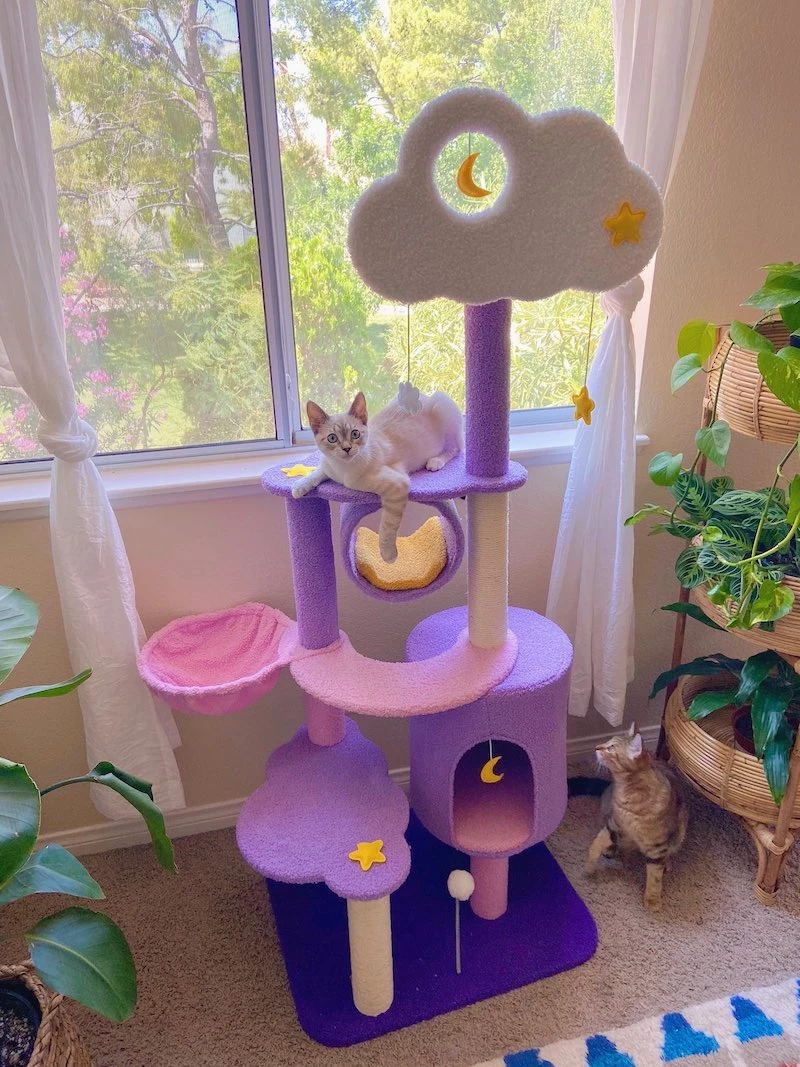
Making the Switch
Once you have the right posts in the right places, make them irresistible. Rub catnip on them or spray them with a synthetic cat pheromone spray. Praise your cat and give them a treat whenever you see them using it. At the same time, make the couch or rug an awful place to scratch. You can use double-sided sticky tape (like Sticky Paws), aluminum foil, or just a thick blanket to cover the area temporarily.
The idea is simple: make the right choice feel great and the wrong choice feel weird or unpleasant.
Helpful Tools & Troubleshooting
Humane Nail Trims: Regularly trimming your cat’s nails can reduce the damage, but it doesn’t stop the need to scratch. Use sharp clippers made for cats, and only trim the sharp, clear tip, avoiding the pink part (the quick). If you’re nervous, just do one or two nails at a time, followed by a treat. Make it a positive experience.
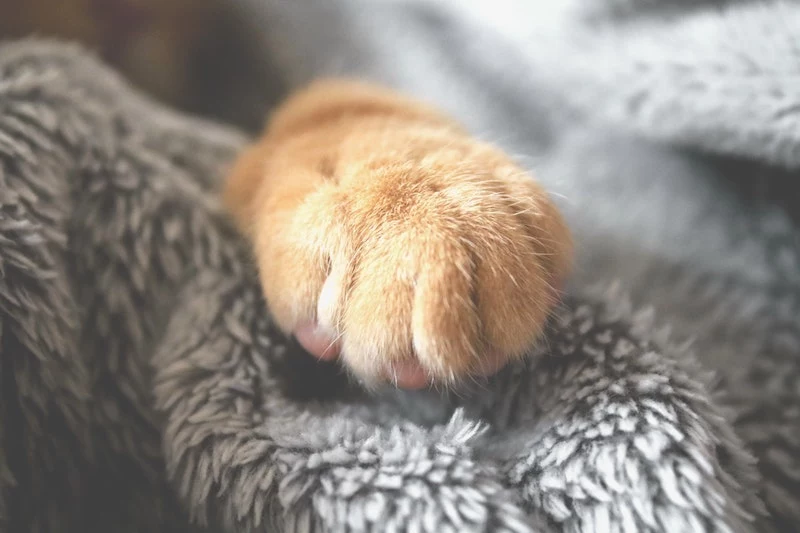
A Quick Q&A for Common Problems:
- ‘What if I live in a tiny apartment and can’t fit extra boxes?’ In that case, quality over quantity. Make the box(es) you do have absolutely perfect. Make it extra large, keep it impeccably clean, and put it in the best possible location.
- ‘My cat has arthritis. What kind of box should I get?’ Look for a low-entry model. Better yet, take that DIY storage tote and use a utility knife to carefully cut a ‘U’ shaped entrance in the side so they can just walk in.
- ‘I bought the expensive post and my cat STILL uses the couch!’ Don’t give up! It takes time to break a habit. Double-check your placement—is the post right next to the scratched spot? Are you making the couch actively unpleasant with sticky tape? Try playing with a wand toy on and around the post to build positive associations. This can take a few weeks of consistency.

A Quick, Serious Note on Declawing
Let’s be very clear: declawing is not a manicure. It is a serious surgical procedure that involves amputating the last bone of each of a cat’s toes. It’s like cutting off a person’s fingers at the last knuckle. It can lead to a lifetime of chronic pain, arthritis, and even create new behavior problems like biting. Humane alternatives work. This procedure is a painful, outdated practice that responsible professionals strongly oppose.
It’s a Marathon, Not a Sprint
Fixing these issues is about patiently and methodically improving your cat’s world. Is their environment interesting? Do they have good outlets for their natural instincts? Do they feel safe?
Be realistic with your timeline. It took a while for these habits to form, so it will take time to change them. Expect to be consistent for at least a few weeks, and maybe even a month or two, before you see lasting change. But by working with your cat’s nature instead of fighting it, you can solve these problems for good. And in the process, you’ll build an even stronger, more trusting relationship with your furry companion. That’s the real win.
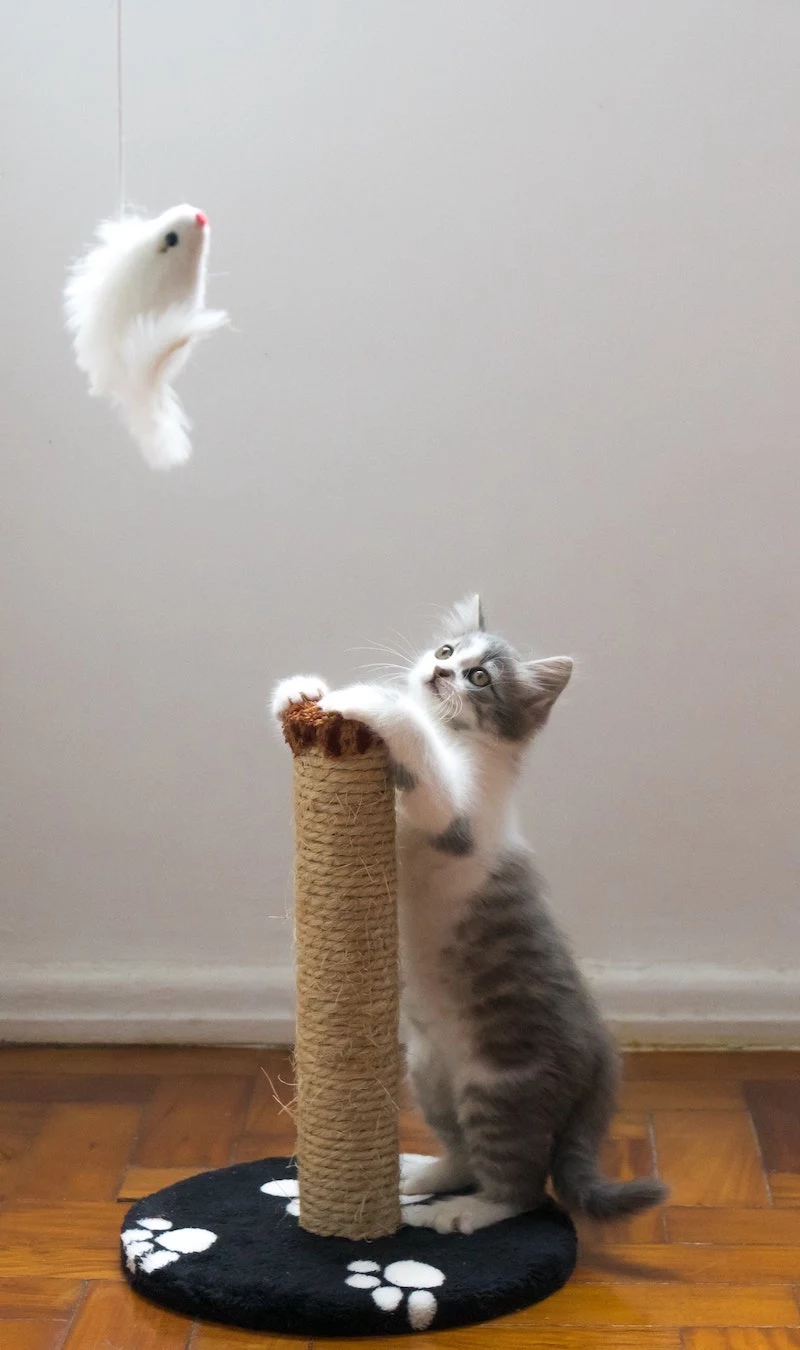
Inspirational Gallery
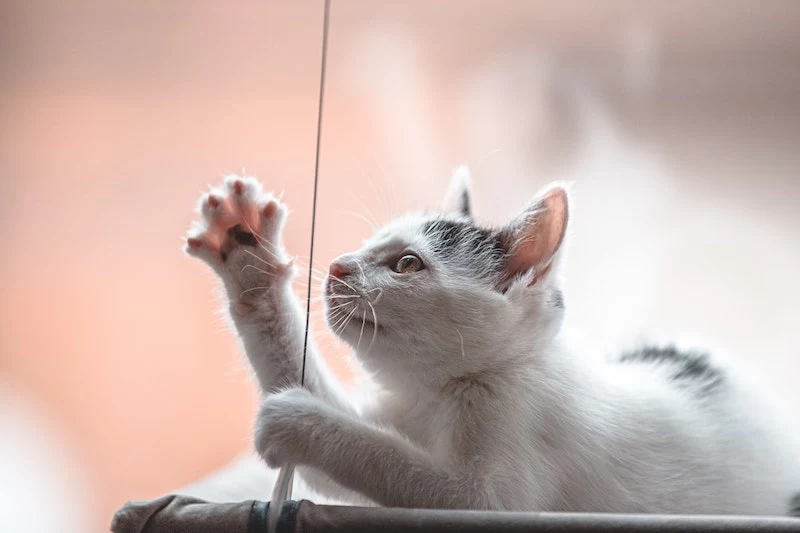
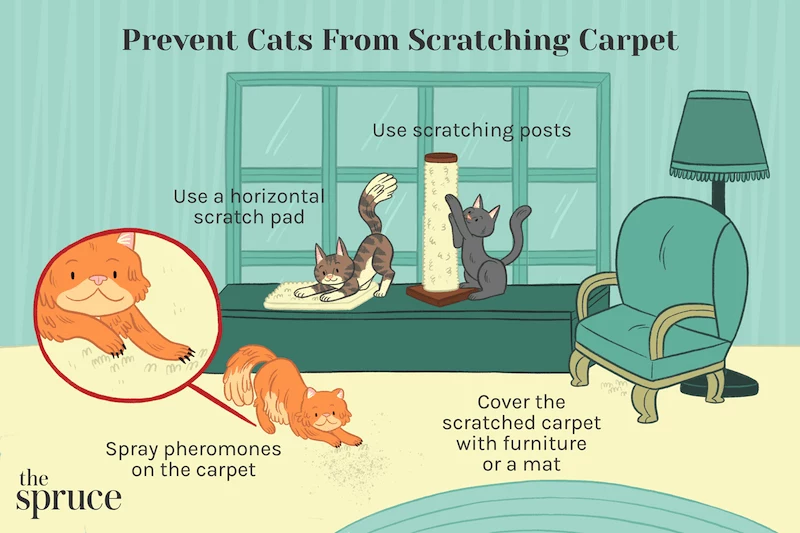
Looking for a quick, homemade way to deter your feline friend from your furniture?
You can easily create a cat-safe repellent spray. Cats generally dislike strong citrus and herbal scents. In a spray bottle, mix one part white vinegar with two parts water and add about 20 drops of lemon, orange, or rosemary essential oil. Shake well before each use. Lightly mist the areas you want to protect, like the corners of your sofa or the legs of a wooden chair. Always test on a small, hidden area of the fabric first to ensure it doesn’t stain!
Sisal Rope Posts: These are the gold standard for many feline experts. The rough, fibrous texture is incredibly satisfying for cats to shred, mimicking the tree bark they’d use in the wild. Vertical posts like the SmartCat Ultimate Scratching Post are tall and sturdy, allowing for a full-body stretch, which is a crucial part of the scratching ritual.
Corrugated Cardboard Scratchers: Inexpensive and versatile, these come in all shapes and sizes, from simple flat pads to fun, lounge-style beds. While they shed and need replacing more often, their affordability means you can scatter several around the house, offering approved scratching zones in multiple locations.
The best strategy? Offer both! Variety and placement near your cat’s favorite napping spots or the furniture they’re currently targeting will drastically increase your success.










